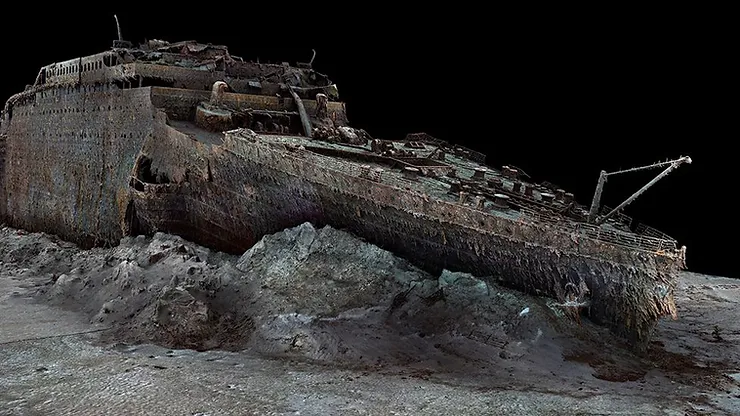By: Chris Cheng
More than 12,000 feet below sea level in the North Atlantic, lies one of the most infamous wrecks of all time. Until now, the exact reasons for its tragedy have remained a mystery, but a new scan by Magellan Ltd, conducted on May 18, 2023, may reveal new information about the ocean liner’s unfortunate trip in 1912.
Researchers completed the first ever 3D scan of the Titanic wreckage using more than 700,000 photos from every angle to create an exact 3-D model. The ship was split into two halves during the sinking and now lay about 2,000 feet apart. This was the largest underwater scanning project in history, with pictures generating 16 terabytes of data. The infamous wreck can now be seen with intricate detail and clarity from all sides. The 3-D scan, dubbed the ‘digital twin’, is hoped to teach scientists more about what actually happened.
“What we’ve created is a highly accurate photorealistic 3D model of the wreck,” 3D capture specialist of the Magellan team Gerhard Seiffert says.
“This is the Titanic as no one had ever seen it before,” says Seiffert.
Before the 3D scan, it was hard to get a full view of the ship, partially because of its immense size and remote place. Longtime Titanic explorer and analyst Parks Stephenson described the model as a “game changer.” ( https://www.npr.org/2023/05/20/1177056829/titanic-scan)
The expedition to the wreckage included two submersibles, named Romeo and Juliet.
“The level of detail we saw and recorded was extraordinary,” says Seiffert.
Most of the assumptions about the Titanic sank came from speculation without a real model. However, some of the researchers in the expedition are excited because they think the quality of the scan can bring people to see the Titanic themselves.











